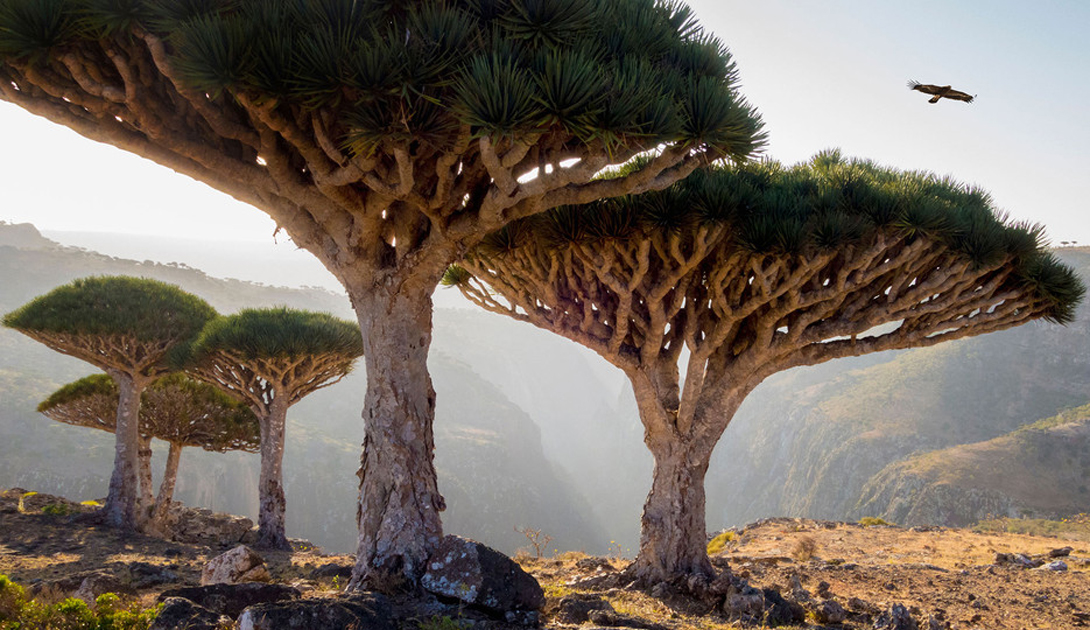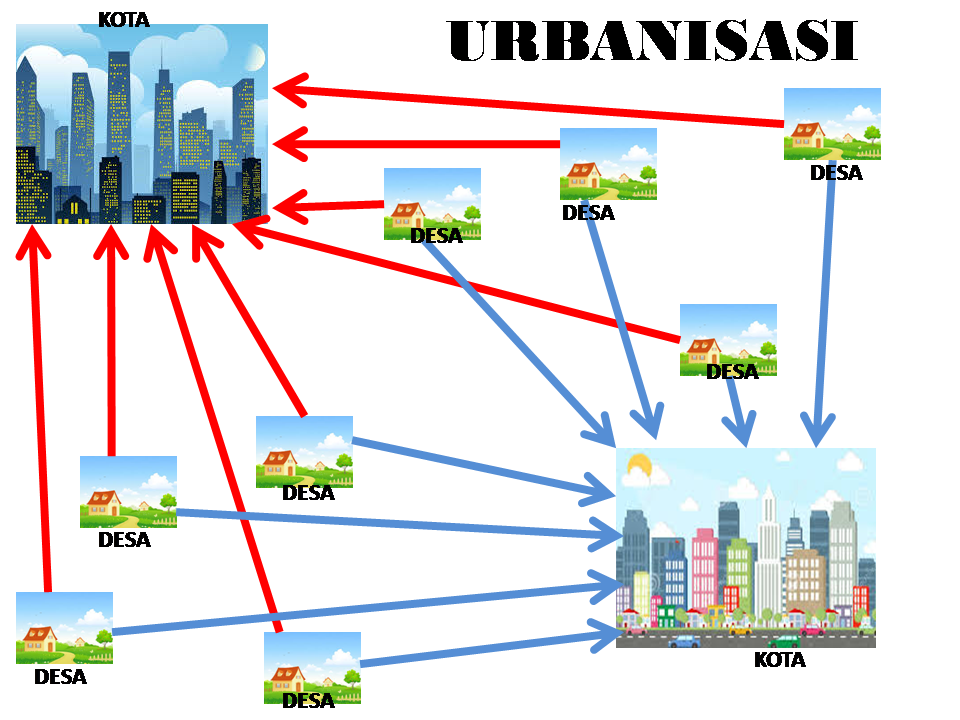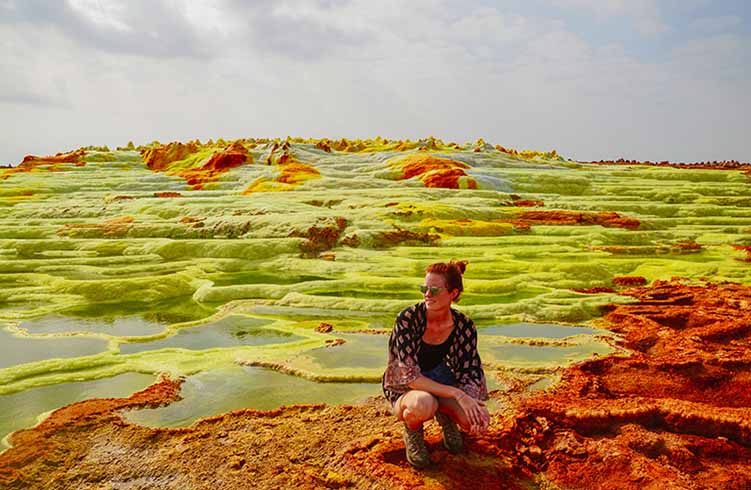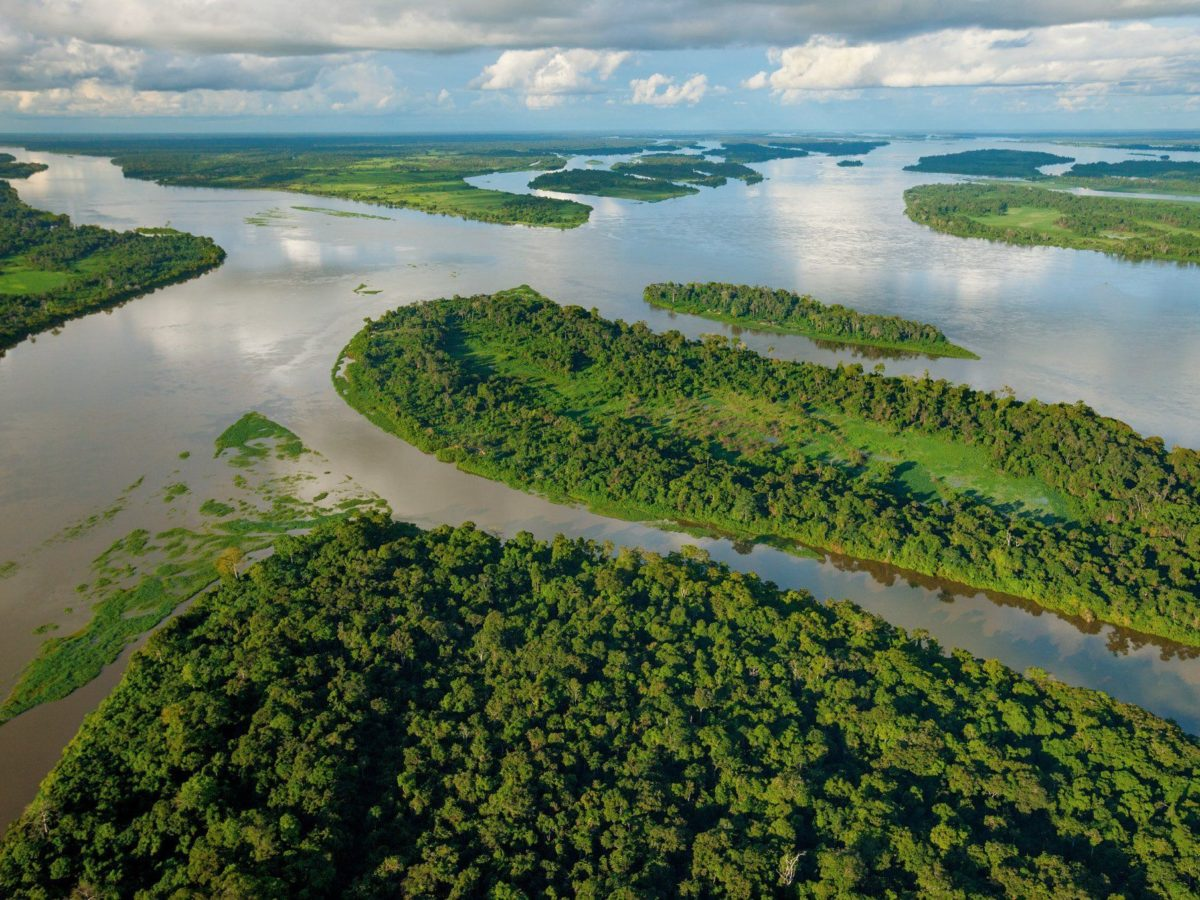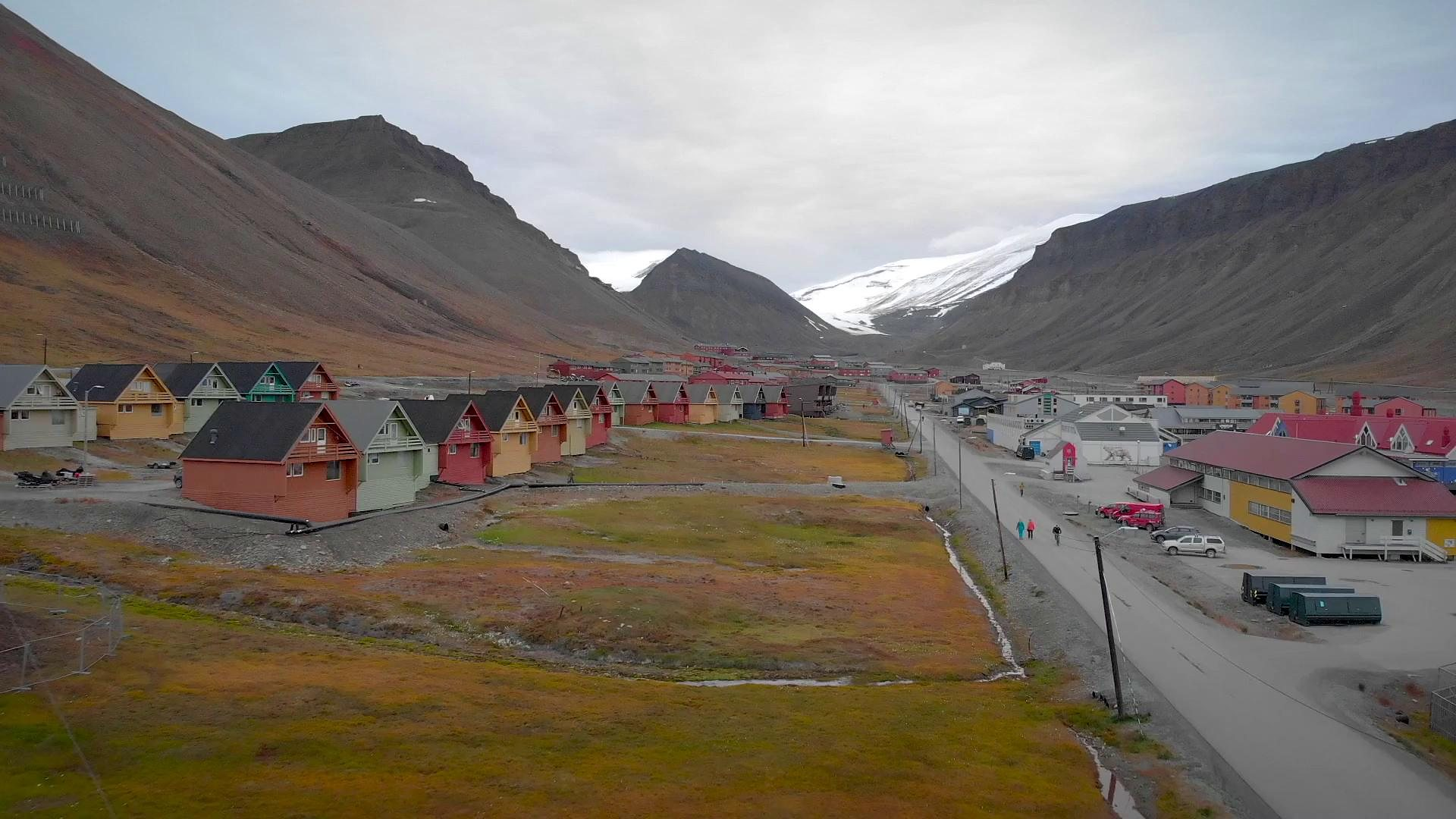Socotra Island, located in the Arabian Sea off the coast of Yemen, is often described as the most alien-looking place on Earth. Home to over 700 species found nowhere else, including the famous dragon blood tree and desert rose, Socotra’s biodiversity has evolved in isolation for millions of years. This remarkable island offers a rare glimpse into how life can develop uniquely under extreme conditions, making it a biological treasure for researchers and ecologists worldwide.
The island’s climate is hot and dry, with rugged limestone plateaus and towering mountains shaping its landscape. Its flora and fauna are so unusual that Socotra has earned a UNESCO World Heritage designation. Scientists use the island as a living laboratory to study evolution, adaptation, and climate resilience, particularly in the face of rising global temperatures and environmental change. Many species here are considered evolutionary relics, preserved in isolation much like the Galápagos Islands.
Despite its ecological importance, Socotra faces threats from climate change, overgrazing, and political instability in the region. Conservation efforts have ramped up in recent years, with international collaborations working to protect its fragile ecosystems. Socotra serves as a powerful reminder of our planet’s hidden wonders and the urgent need to preserve them—not only for science but for future generations to explore and admire.
